Experiencing the Bay’s past at Point Lookout State Park
The region’s history comes into view at this Southern Maryland site.
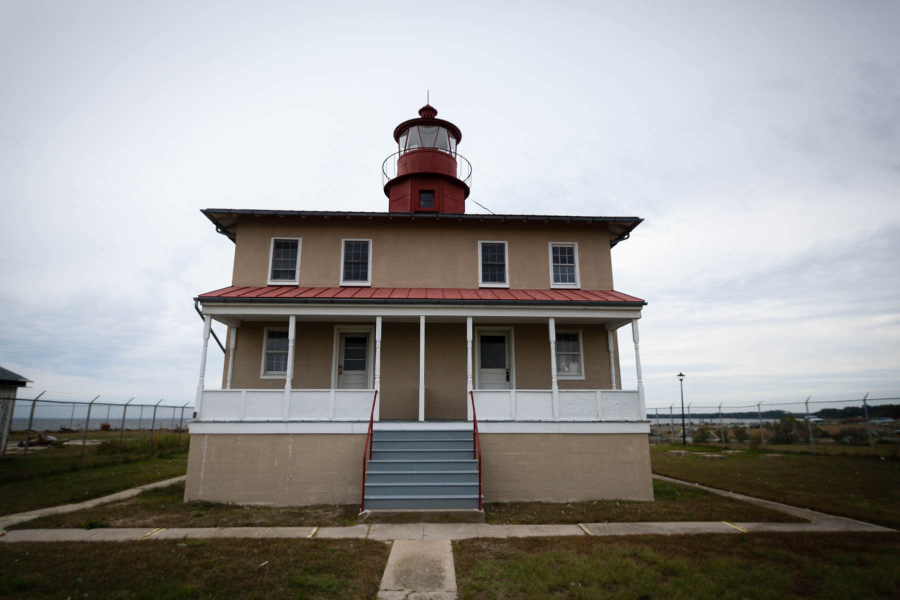
It is 1862 and the nation is in the midst of the Civil War. You are standing at the southernmost tip of the western shore of Maryland. To your left, the rising sun dances over the waters of the Chesapeake Bay. To your right, a ship chugs up the Potomac River, making its way to Washington, D.C. The wind whips and there is a nip in the air; winter is coming and all you have to keep warm is one wool blanket and a small tent.
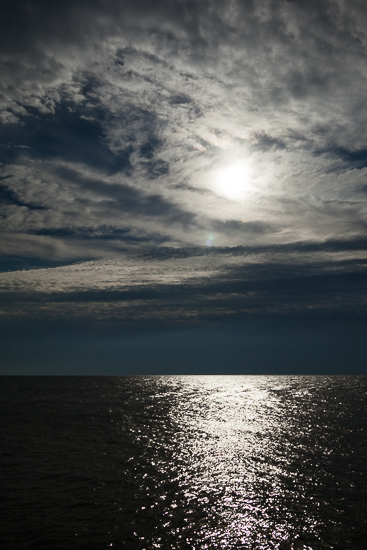
For many Civil War soldiers at what is now Point Lookout State Park, this scene was a reality. Once a popular summer resort, this tract of land became home to a hospital and prison camp in the 1860s. One hundred years later, the site became a state park. Today, it is a place where history and the environment meet.
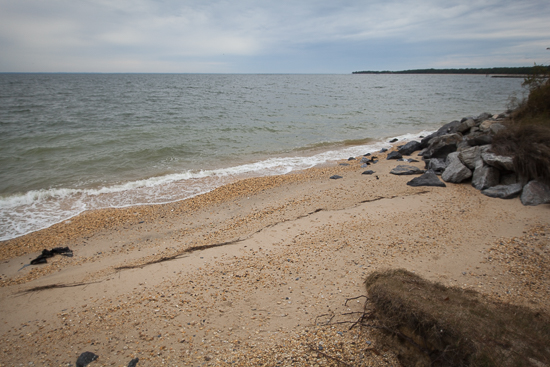
Although the park’s picturesque surroundings make it an ideal spot for visitors, it faces a number of environmental challenges. During strong storms, the site can experience coastal flooding. At times, rising tides create a temporary island, cutting off the point from the rest of the park. To protect the land from the rising seas of climate change and to combat erosion, staff have placed riprap barriers along much of the park’s shoreline.
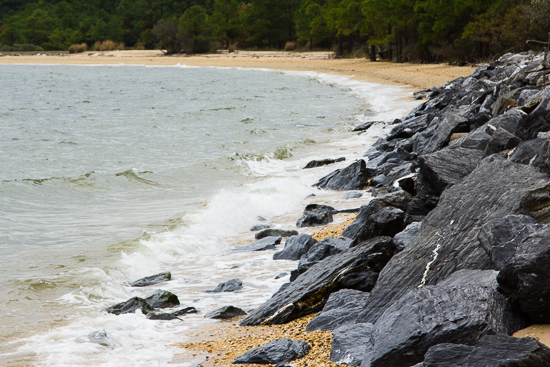
“It has been very interesting to see how the weather affects the park throughout the year,” said Melissa Boyle, assistant park manager at Point Lookout. “When it’s stormy or during a hurricane, I can see how rough the water is and I think about what kind of place this could have been one or 200 years ago, when we didn’t have all of the luxuries that we have today.”
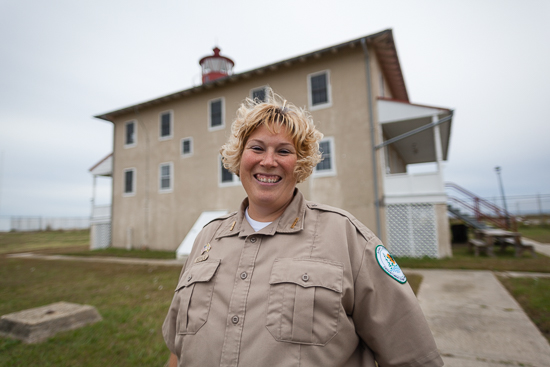
But the park’s history began before the Civil War, with the construction of the Point Lookout Lighthouse.
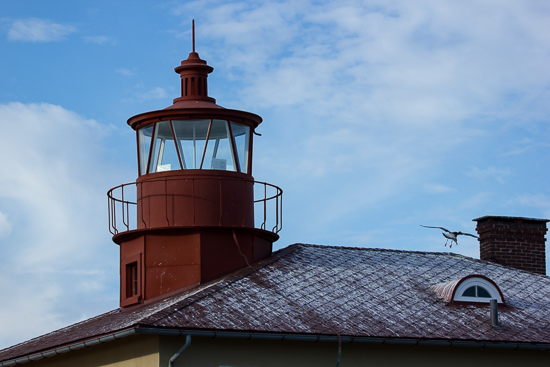
Built in the 1830’s, the Point Lookout Lighthouse was a much-needed navigational beacon to ships traveling up the Potomac River and the Bay. While advances in technology mean the lighthouse is no longer in use, the Point Lookout Lighthouse Preservation Society continues to care for the structure. Once a month, the volunteer group even opens the building for guided tours to show visitors what it might have been like to be the lighthouse keeper that lived here.
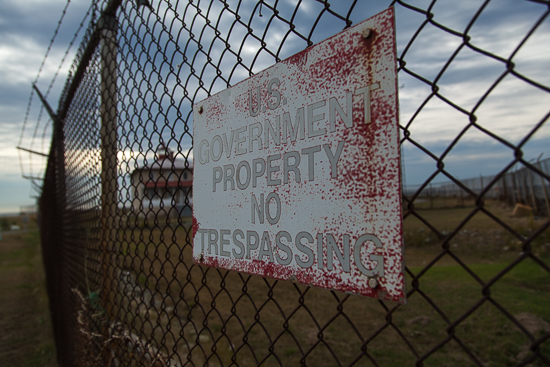
Some visitors have reportedly experienced paranormal activity in the lighthouse and around the park. Although park staff cannot confirm these allegations, these experiences could be linked to the old age of the lighthouse and the rich war-related history of the park. Because of its haunted reputation, the site sees an increase in break-ins and vandalism around Halloween, forcing park police to step up their patrol.
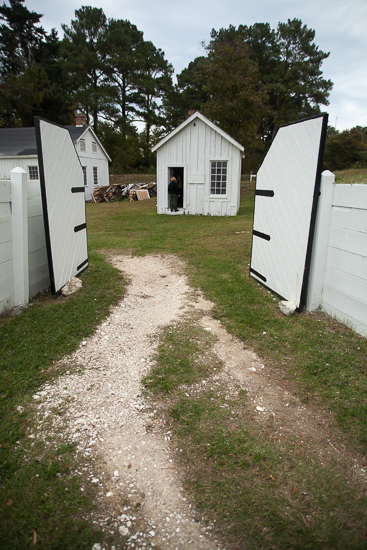
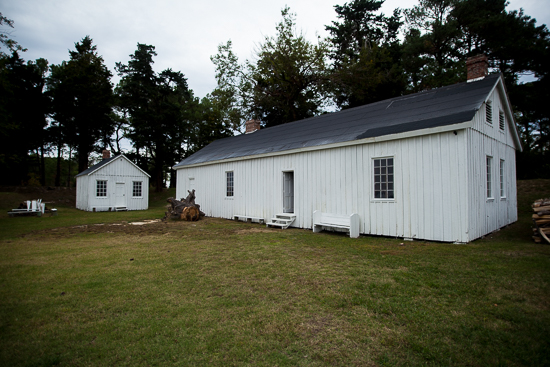
After the Civil War began, Hammond Hospital was built at Point Lookout. At the time, the hospital was considered to be a state of the art facility: its wagon wheel shape kept different wards separate and created an advanced ventilation system to suppress fire.
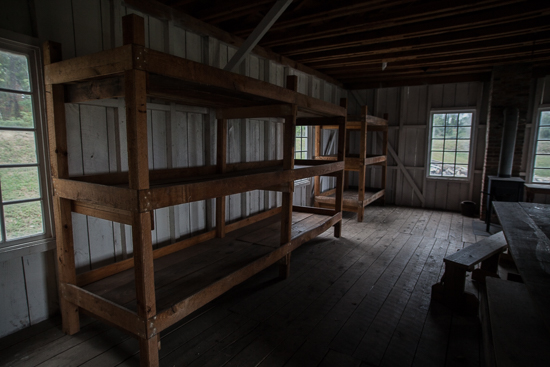
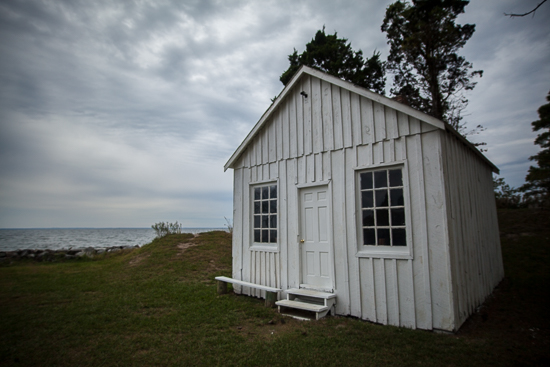
In addition to the hospital, three forts were built. But, due to sea level rise and erosion, only one—a reconstructed Fort Lincoln—remains.
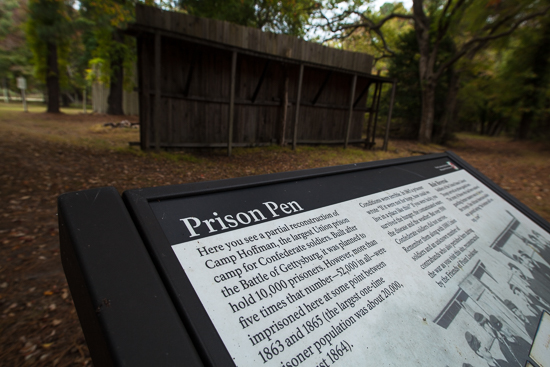
Point Lookout was also home to a Civil War prison camp that held Confederate soldiers. The camp was designed to hold 10,000 people, but it regularly held 20,000; over its lifetime, it held 52,000 prisoners. The prisoners would often eat off of the land and were known to scavenge for blue crabs, oysters and rats. At the end of the war, the prison was largely deconstructed. Most of its materials were recycled, but some remain underwater near the park’s fishing pier.
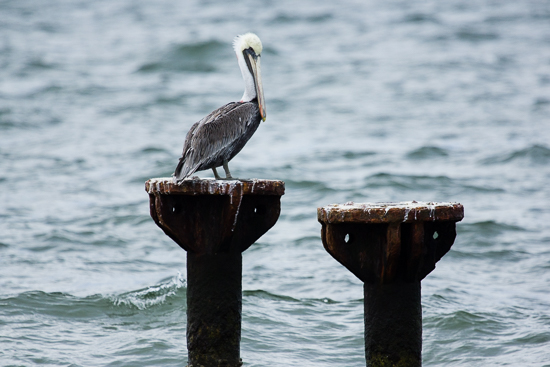

Aside from a handful of park staff and public citizens, the people who once lived at Point Lookout have been replaced with wildlife. Pelicans, eagles and osprey abound, and the park is even home to a great blue heron rookery. Point Lookout is also a popular resting spot for migratory birds and monarch butterflies.
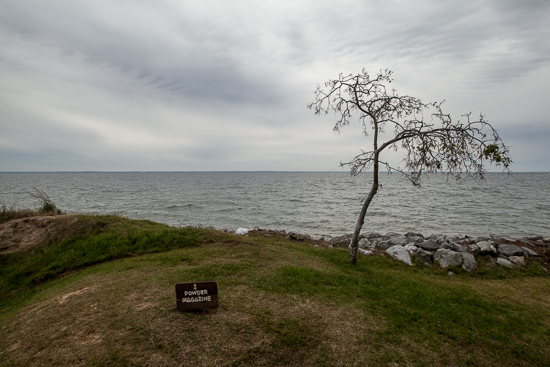
Today, recreation is the primary use of the park. Point Lookout offers more than 100 campsites, a life-guarded beach, canoe and kayak rentals, fishing sites and more than 1,000 acres for visitors to explore. “People should visit Point Lookout State Park because it is where history and the environment meet,” Boyle said. “There is a lot to learn from the park, and fall is a good time to visit. It is a period of transition. Come learn about the Civil War history while taking in the marvelous views and imagining what it would be like to be a soldier that was issued only one wool blanket to sleep under through the winter.”
To view more photos, visit the Chesapeake Bay Program Flickr page.
Images by Steve Droter. Captions by Jenna Valente.

Comments
Thank you for this wonderful story and the beautiful images of Point Lookout State Park. You truly captured many of the things that make this park a special place and uniquely Maryland.
Maryland Park Service Superintendent Nita Settina
Thank you!
Your comment has been received. Before it can be published, the comment will be reviewed by our team to ensure it adheres with our rules of engagement.
Back to recent stories